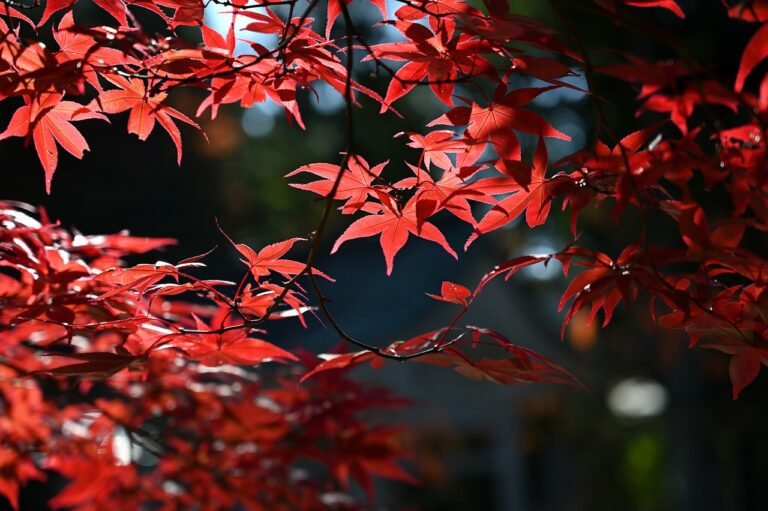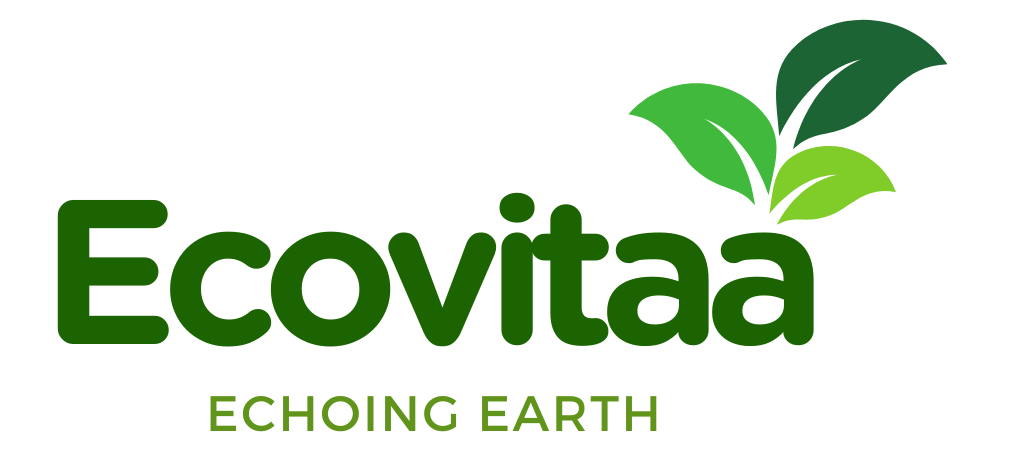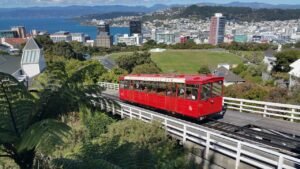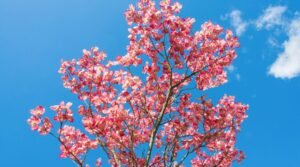
Not only do street and sidewalk maintained trees ( Trees to plant) beautify the place, provide shade, but they are also important for many other environmental benefits. The key is to choose the right species so that they are able to grow well in urban areas and also be low in maintenance. Here are eight of the best trees to plant along your street or sidewalk.
Red Maple (Acer rubrum)

Height: 40-60 feet
Spread: 25-35 feet
Growth Rate: Fast
Light Requirements: Full sun to partial shade
Soil Preferences: Tolerates various soil types, including clay and loam; prefers slightly acidic to neutral PH.
Description: If there is an arboreal specimen that is most ranger-worthy, it is certainly the Red Maple which in autumn displays its striking red foliage making it all the more eye-catching. Small red blossoms appear in early spring while the tree may enjoy thriving under wet conditions all contributing to its urban use versatility.
Benefits:
– Excellent shade provider
– Attracts wildlife, including birds and butterflies
– Improves air quality by absorbing pollutants
Eastern Redbud (Cercis Canadensis)

Height: 20-30 feet
Spread: 25-35 feet
Growth Rate: Moderate
Light Requirements: Full sun to partial shade
Soil Preferences: Prefers well-drained soils; tolerant of poor soil conditions.
Description: The Eastern Redbud has a smaller size as a tree, which shows off very bright pink flowers in early spring. These charming trees can really make sidewalks and streets come alive.A heart-shaped leaf is present during fall when it turns yellow, providing some seasonal interest.
Benefits
– Ideal for smaller spaces
– Provides early spring color
– Attracts pollinators like bees and butterflies
Ginkgo (Ginkgo biloba)
Height: 50-80 feet
Spread: 30-40 feet
Growth Rate: Slow to moderate
Light Requirements: Full sun
Soil Preferences: Adaptable to various soil types; prefers well-drained soils.
Description: Known for its unique fan-shaped leaves and vibrant yellow fall color, the Ginkgo is a resilient tree. It has a long lifespan and is resistant to pests and diseases, making it a popular choice for urban landscapes.
Benefits
-Demands bare minimum maintenance
– Displays a large area under the tree
– Collecting the leaves for unique crafting will be possible in the autumn season.
American Hornbeam (Carpinus caroliniana)

Height: 30-50 feet
Spread: 25-35 feet
Growth Rate: Slow to moderate
Light Requirements: Full sun to partial shade
Soil Preferences: Prefers moist, well-drained soils but can tolerate various conditions.
Description: Sometimes referred to as Ironwood, this tree presents itself with the smoothest gnarled gray bark and with the densest foliage. Its form and fine-textured leaves give it attractive points for growing in streets.
Benefits:
– Resistant to breakage, making it suitable for urban areas
– Provides excellent shade
– Supports local wildlife, including birds and insects
The Sugar Maple (Acer saccharum)

Height: 60-75 feet
Spread: 40-50 feet
Growth Rate: Moderate
Light Requirements: Full sun to partial shade
Soil Preferences: Prefers moist, well-drained soils with a slightly acidic to neutral PH.
Description: Sugar Maples are among the largest and most majestic in America. They provide a broad canopy that delivers beautiful color in fall and sap for syrup. It is often planted in parks and along streets for its especially aesthetic appeal.
Advantages:
– A great shade-giving tree
– Improves urban air quality
– Supports a variety of wildlife
Black Cherry (Prunus serotina)

Height: 40-60 feet
Spread: 30-40 feet
Growth Rate: Moderate
Light Requirements: Full sun
Soil Preferences: Prefers well-drained soils but can tolerate a range of conditions.
Description: The Black Cherry tree has fragrant white flowers in spring and small cherries that will entice some birds. The remainder of the year, its dark, shiny bark adds some more interest.
Benefits:
– Contributes to the local ecosystem by attracting its wildlife
– Well shaded
– The wood is regarded as valuable for furniture making
Japanese Zelkova (Zelkova serrata)

Height: 50-80 feet
Spread: 35-50 feet
Growth Rate: Fast
Light Requirements: Full sun
Soil Preferences: Adaptable to various soil types; prefers well-drained soils.
Description: The Japanese Zelkova, like the elm, is a tree ( Trees to plant) that can flourish with minimal effort. Wide canopy, brilliant fall colors, and ornamental bark make it very attractive. Rapid growth allows it to be useful much sooner in providing immediate impact.
Benefits:
– Resistant to Dutch elm disease
– Large shade
– Enhances the aesthetic value to the urban landscape ( Trees to plant)
Willow Tree (Acer platanoides 'Crimson King')( Trees to plant )

Height: 30-50 feet
Spread: 30-40 feet
Growth Rate: Moderate
Full Sun: Pollution-Shade
Soil Types: Varies-well-drained to compatible soil types.
Description: It is a cultivar of the Norway Maple whose deep burgundy color leaves a dramatic effect in the landscape. It holds its color throughout the summer and does good as a street tree. ( Trees to plant )
Benefits:
– The unique shade deepens interest.
– Nice shade.
– Tolerance to pollution from city life.
Conclusion
Choosing suitable trees for street planting and pavements is a very important part of making vibrant and healthy residences nested in the cities. The trees enlisted above, besides contributing aesthetic beauty to the neighborhood, also improve the quality of air, shade, and local flora. Thereby, you can contribute to a greener and more inviting urban space by considering just these eight species that are so great.




